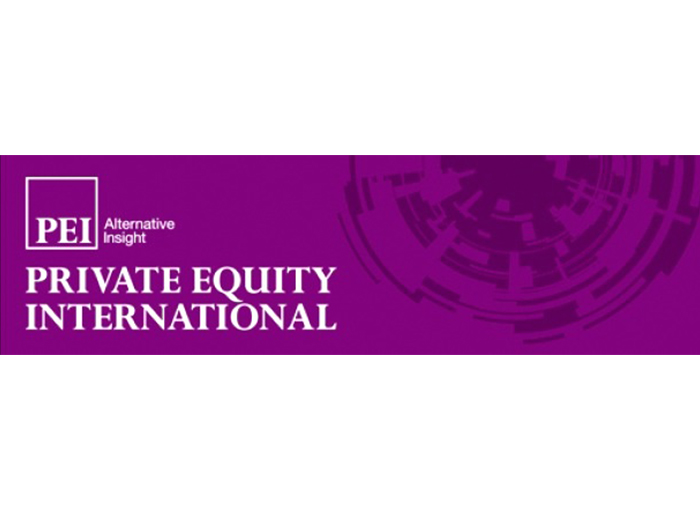PE in Japan – the reboot
While investors have been tripping over themselves to access the fast-growing Chinese and Indian markets, Japan has become a forgotten player in the APAC region. Other nearby destinations, from South Korea to Australia and New Zealand, have also witnessed steady growth in private equity commitments over the past few years. Yet this rising tide of interest has so far failed to lift Japan’s submerged boat.
Fund managers and asset owners, of course, are well aware of the challenges. An aging society, a declining population and rising social security costs in Japan have contributed to a low-growth environment that has extended across multiple decades. But the same trends that have stifled investor interest could create a powerful tailwind.
An urgency to meet the pressing retirement demands of an aging population is forcing pensions to reconsider traditionally conservative strategies, particularly in an era of negative interest rates. The business landscape, meanwhile, has been forced to loosen its keiretsu culture – marked by informal networks of vertically and horizontally aligned relationships. While dealflow doesn’t yet reflect the shifts taking place, it’s increasingly difficult to ignore the second largest economy in the region as secular trends in Japan realign in favour of GPs.
To comprehend the opportunity, it helps to understand the history. The enduring keiretsu culture, for instance, had made certain industries impenetrable to outside interests. While these cross-shareholding and embedded commercial relationships had provided a moat, more recently they have contributed to certain diseconomies of scale, which is more and more evident in a global marketplace prioritising innovation and efficiency.
Japan’s sprawling corporate holdings, however, create a backdrop that KKR’s Henry McVey called one of the most compelling across the globe, in which “many of Japan’s largest companies have literally hundreds of subsidiaries that could be deemed non-core.”
The catalysts for reform – outlined via the “three arrows” of Abenomics and codified in the Corporate Governance and Stewardship regulations published last year – have only gained momentum in 2019. Large conglomerates such as Hitachi and Toshiba appear well on their way in executing divestiture programs to refine their portfolio of holdings, and a recent EY survey found that 89 percent of Japanese companies plan to divest assets over the next two years.
This is just one deal flow driver. Another catalyst can be found in the same demographic trends that have restrained growth, as aging business owners look to private equity funds to facilitate succession. The kicker for sponsors, though, is that asset prices in Japan are trending far lower than most comparables in other developed markets.
Last frontier (in the G7)
As sponsors descend on Japan to hunt for deals, fundraisers too are recognising the “white space” that exists as asset owners move aggressively into alternatives. According to a study from JP Morgan Asset Management, the average corporate pension fund has hiked its allocation to alternatives by approximately 600 basis points over the past five years. This is in response to historically low interest rates that have weighed on recent performance, but it also reflects the PE opportunity asset owners recognise in their own backyard.
To be sure, asset owners are being measured and thoughtful in their approach. Many, for instance, have historically leveraged funds of funds to access the asset class, gain exposure to higher-profile funds and diversify their commitments. Given the increased role of alternatives, however, most are pursuing one of two strategies: applying either the gatekeeper model or building out in-house capabilities.
Asset owners in Japan have distinct appetites that can differ from other markets. Many have been gravitating toward infrastructure. This speaks to the stability of the category, particularly as pensions scale back fixed income holdings. Infrastructure is also core to Abenomics’ blueprint to stimulate trade, while countering China’s Belt and Road Initiative.
Newer commitments could see LPs leverage secondaries to initiate new relationships with proven managers and add diversified exposure across vintages.
When investing in startups, VCs will often remark that timing is everything. The same may be true for PE investors in Japan. While many first movers have come and gone, those who stayed the course are positioned to play a valued and rewarding role to transform Japan’s economy.
Kay Sano is a director based in Monument Group’s Tokyo office.
A version of this article was published in Private Equity International.
https://www.privateequityinternational.com/pe-japan-reboot/
